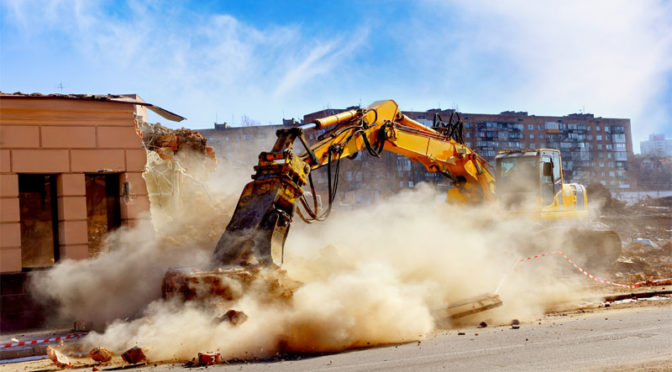39% of global energy-related carbon emissions are attributed to buildings.
28% of this is buildings in operation, predominantly for heating, cooling and lighting. Energy use is heavily impacted by the quality of building envelope, with emissions especially substantial in older building stock.
The additional 11% of carbon emissions are attributed to emissions embodied in the construction process, which has a well-catalogued impact on the environment from waste generation, water use, dust creation and greenhouse gas emissions.
1,500 billion bricks are produced each year to construct our buildings – the majority of which are created using polluting kilns.
Brick kilns contribute to up to 20% of global black carbon emissions, alongside steel and iron production.
90% of brick production is concentrated in central Asia, with emissions further increased by transportation to global markets.
Fine particles (PM2.5/PM10) are emitted from the combustion of fuels to power our buildings, as well as from transport emissions mostly concentrated within cities. Sustainable urban planning therefore also has a role in the reduction of air pollution.
Building construction can be responsible for the release of toxic dusts such as silica or hardwood, which are recognised as having carcinogenic properties.
Hydroflourocarbons (HFCs), cooling agents commonly found in air-conditioning and refrigeration systems, can be up to 1000 times more potent than carbon dioxide, and are powerful contributors to global warming. The volume of HFCs in the atmosphere is increasing at 8-15% per year due to population growth and urbanisation, and their use is likely to increase as our climate warms.
The importance of sustainable development is unparalleled here, with 2.3 billion people across the world expected to soon purchase an air conditioning unit or fridge, and it is likely that choices will be limited to inefficient and highly emitting appliances.
Residential energy use in the developing world, particularly the use of traditional cookstoves, open fires or kerosene lamps for heating, cooking and lighting within homes, is responsible for up to 58% of black carbon emissions worldwide. Black carbon is an example of a short-lived climate pollutant.
Short-lived climate pollutants are powerful climate forcers that remain in the atmosphere for a much shorter period of time than carbon dioxide, however their potential to warm the atmosphere can be between tens and thousands of times greater. The use of these fuels occurs primarily in areas of very low economic development, where over 1 billion people are facing energy poverty and subsistence living.
Global sustainable development is clearly a vital instrument in tackling these emissions – “Innovative approaches are needed to address the needs of the 1.3 billion people lacking electricity, while simultaneously transitioning to a decarbonized energy system” – CCAC Secretariat
More information: https://worldgbc.org/clean-air-buildings/causes

Залишити відповідь